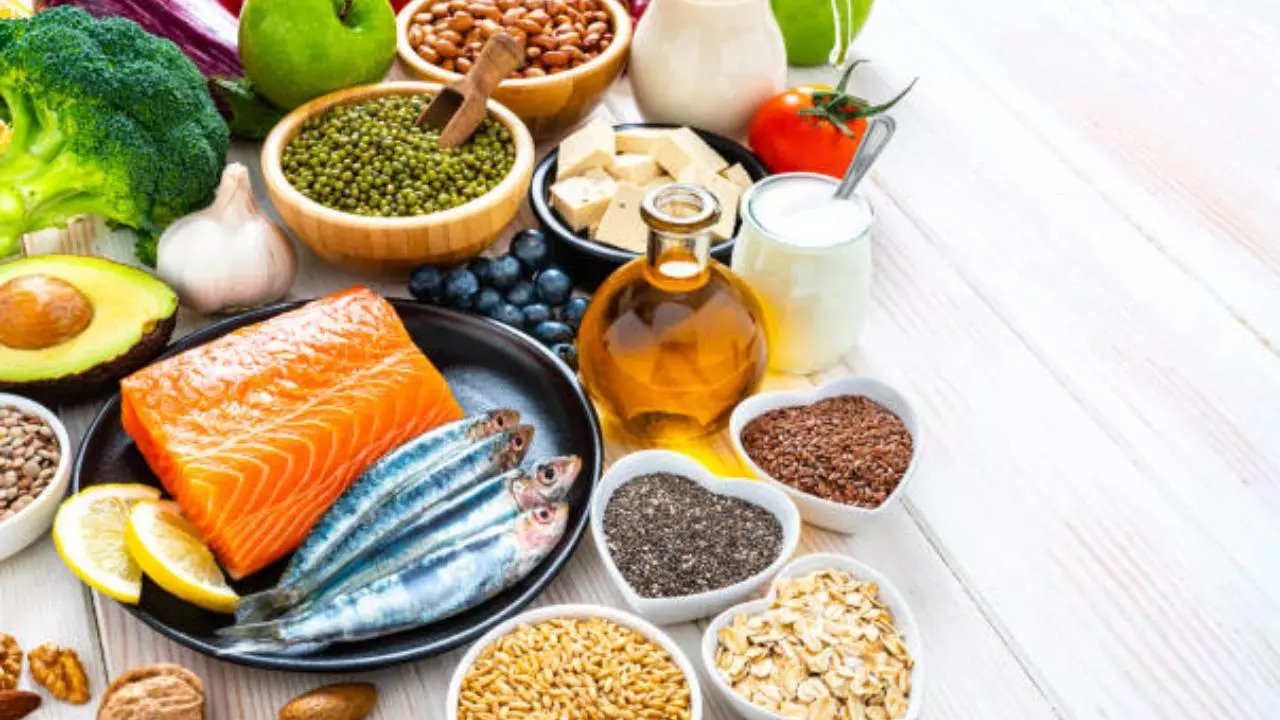Maintaining adequate Vitamin D levels during the monsoon is important for your overall health. A balanced diet combined with adequate sun exposure can keep you healthy during the rainy season. We have listed six foods that may help maintain your Vitamin D levels. Read on to know more.
6 Vitamin D Rich Foods to Add to Your Diet This Monsoon Season (Image Credit: iStock)
The arrival of monsoon season brings relief from the summer heat. But the lack of sunlight during this time can have a negative impact on our lives. Vitamin D levels. Sunlight is the most effective source of Vitamin D, a nutrient essential for maintaining healthy bones, supporting the immune system and regulating mood. Lack of sunlight during the monsoon season can lead to: Vitamin D deficiencyTherefore, it is important to get enough of it from your diet.
Luckily, there are several foods that are rich in Vitamin D that can help bridge this gap. Hence, including these foods in your daily diet can help you maintain adequate Vitamin D levels and overall health during the gloomy monsoon season. We have listed down 6 foods that you should add to your diet during the monsoon season.
Fatty fish such as salmon, mackerel, sardines and tuna are good sources of vitamin D. Eating small amounts of these fish can meet a significant portion of your daily vitamin D needs. For example, 100 grams of salmon contains up to 988 IU (International Units) of vitamin D, which is more than the recommended daily intake for most people.
How to eat it: Grill, oven or steam oily fish with vegetables, add it to a salad or make delicious fish tacos.
Egg yolks are also a good source of vitamin D. Egg whites are rich in protein, while egg yolks contain most vitamins and minerals, including vitamin D. One large egg yolk contains about 40 IU of vitamin D.
How to eat them: Enjoy eggs in many forms – boiled, scrambled or poached. Add them to your breakfast or salads or make an omelet with your favorite veggies.
Many foods are fortified with vitamin D to help meet people’s nutritional needs. Common fortified foods include milk, orange juice, cereals, and plant-based alternatives such as almond milk, soy milk, and oat milk. These fortified products are a convenient way to increase your vitamin D intake.
How to get it: Check the vitamin D content on the label and choose fortified vitamins in your breakfast cereal, smoothies and coffee. Drinking a glass of fortified milk or orange juice will add a refreshing flavor to your meal.
Mushrooms are unique in that, like humans, they can synthesize vitamin D when exposed to sunlight. Varieties such as shiitake, maitake, and portobello mushrooms are especially rich in vitamin D. 100 grams of mushrooms exposed to UV light contain 130-450 IU of vitamin D.
How to try them: Add mushrooms to soups, stir-fries and pasta dishes. You can also grill or roast them as a side dish or use them as a meat substitute in a variety of recipes.
Cod liver oil is a powerful source of vitamin D and omega-3 fatty acids. One tablespoon of cod liver oil contains about 1,360 IU of vitamin D, more than double the daily recommended intake for most adults.
How to take it: Cod liver oil is available in liquid or capsule form. If the taste is too strong for you, try mixing it into a smoothie or taking the capsules with a meal.
Cheese, especially cheddar, Swiss, and ricotta, contains small amounts of vitamin D. While it may not contain as much vitamin D as other foods, including cheese in your diet can help increase your overall vitamin D intake.
How to Include: Use the cheese on sandwiches, in salads or as a topping for a variety of dishes. Enjoy the cheese with whole grain crackers or add it to your favorite pasta recipe for added flavor and nutrition.
Tips to Maximize Vitamin D Absorption
– Combine with healthy fats: Vitamin D is a fat-soluble vitamin, so it is better absorbed when consumed with fat. Include healthy fats in your diet, such as avocado, nuts, seeds and olive oil.
– Get some sunlight: Even during the monsoon, try to get as much sunlight as possible. Try to get some short periods of sunlight when the weather breaks, like early in the morning or late in the evening.
– Stay consistent: Including these vitamin D-rich foods in your diet regularly will help you maintain adequate levels. Make it a habit, not just an occasional add-on.

